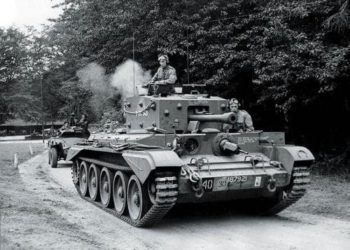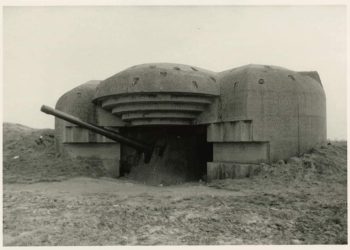MiG-1.44 and Su-47 Berkut






Development of the MiG-1.44
At the beginning of the 80’s, when the Soviet Union heard that the US had started working on a 5th generation aircraft project (ATF, which ultimately led to the F22 Raptor), the USSR tasked MiG to start working on a similar project (Project MFI) to counter the future threat. By 1986, MiG had chosen a workable design and started building the 1.44 prototype as a technology test-bed/demonstrator.
The 1.44 was built using composite materials and weight-saving alloys. Efforts were made to reduce surface area. Weapons were carried internally, further reducing the plane’s radar cross-section. Ceramic tiles were used for the engines’ nozzles to reduce infrared signature. PESA and a glass cockpit completed the design.
Then came the 90’s and the fall of the USSR, and with it, the money needed to develop the aircraft dried up. The project was suspended several times. MiG still managed to complete one aircraft and test flew it in 2000. The project was subsequently cancelled altogether.
Development of the Su-47 Berkut
Back in the 80’s, while MiG worked on their Project 1.44 for the MFI program, Sukhoi followed a totally different path: the Su-47. Sukhoi’s obsession with maneuverability and agility led them to build a forward-swept wing jet.
While the MFI program was cancelled and neither the MiG-1.44 nor the Su-47 were selected for production and active service, the Berkut was used by Sukhoi as a test-bed and technology demonstrator. This enabled them to test generation 4.5 and generation 5 technologies, aerodynamics, and avionics, and collect an impressive amount of useful data. This led to the design of another test-bed and technology demonstrator: the Su-37, a complete overhaul and redesign of the Flanker frame with generation 4.5 avionics, aerodynamics refinements, and super-manoeuvrability.
Legacy and Impact
The outcomes of the Su-47 program enabled Sukhoi to gain enough expertise and knowledge to design the Su-35BM and subsequently the Pak FA (Su-57).
-RBM









